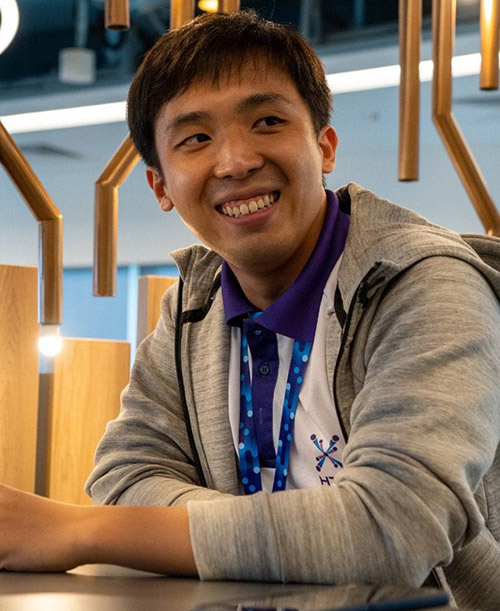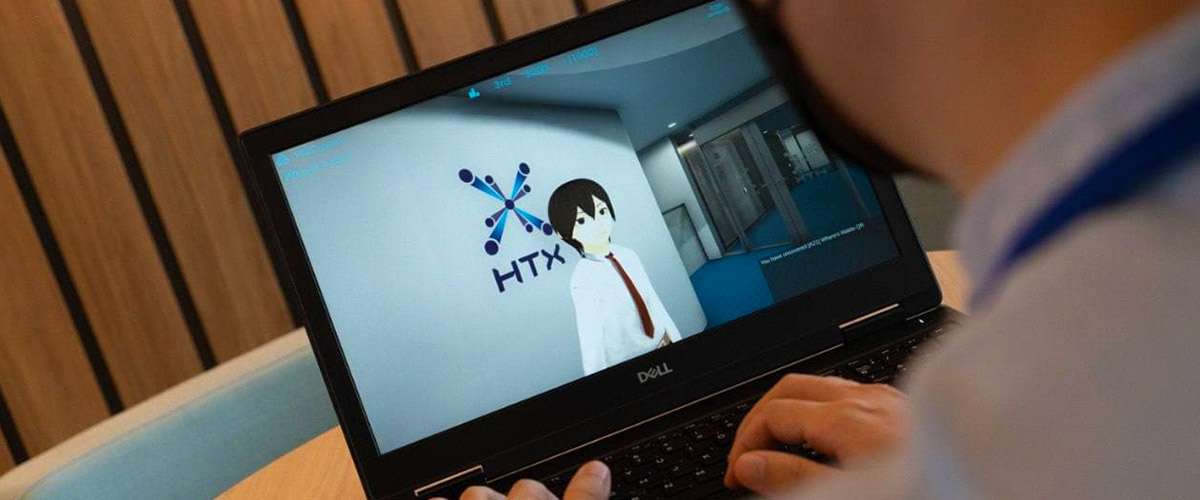While watching any crime or investigation show on TV there will always be someone who claims to have guessed who the perpetrator is before the ending is played – but how many can claim to have been a part of the crime-solving process to identify one?
At HTX, otherwise known as the Home Team Science and Technology Agency, their areas of expertise go way further than just scoping out crime scenes, covering the realms of cybersecurity, data science and AI, and even robotics. During the inaugural HTX Investigator’s Challenge (HTXIC), students from Junior Colleges, Institutes of Technical Education, Polytechnics and Universities formed teams to uncover clues and battle threats and scenarios which the HTX scientists and engineers may face from time to time.
The premise was simple. With a fictional terrorist plot unfolding over 12 hours, participants had to solve as many multi-disciplinary challenges as possible within that time period to neutralize the threat. The challenge was carried out in a fully gamified 3D environment – think of it like an MMORPG but with less annoying fetch quests all for the S$10,000 grand prize The folks who developed the challenges are HTX officers who actually apply such skills in their daily work.

“One of the game’s challenges is to try to clean the data and find the answers to the challenges. And because this is a huge part of a data scientist’s work, I thought it would be fun to incorporate it in the challenge itself,” according to Jason Ng, 25, a data scientist with HTX.
In order to solve Jason’s challenge, participants had to first deploy code in order to solve the puzzle. Failing to do so would have meant precious time wasted in wading through voluminous amounts of data points to extract what they actually needed.
“The method to solve this challenge is something I use in my code. So through these algorithms, participants would have a good glimpse of what data scientists actually do.”
Like Jason, being able to translate aspects of their work into challenges and deliver them to the participants was at the top of the minds of each HTXIC challenge developer.

“We wanted the participants to know what we really do behind the scenes, which may not be presented accurately on TV shows. By actually dusting the fingerprints, they get a taste of what we do. And in that sense, it also provides them with a challenge as well because even though you might know how to dust, there is always a chance you do not get a fingerprint,” explained Carys Hor, 24, a forensic specialist at HTX.
“So it becomes another problem and in this field you have to figure out – instead of fingerprint dusting alone, what else can you do?”
Indeed, just like life, there are rarely any straight answers but that’s really what makes a role at HTX even more exciting and interesting. With a glint in her eye, Carys shared that it was not something she thought about doing outright.
“I discovered this role by chance because it’s not a job you know a lot about other than what you caught on TV or movies. I joined HTX through the Associate Programme and was offered the option to specialise in forensics.”

The wide berth of skills and talents found at HTX appears to be a running theme throughout the organisation. After all, this was what attracted Sean Lim, 26, an engineer from the Robotics, Automation and Unmanned Systems (RAUS) Centre of Expertise to the organisation after a stint in academia. Upon joining HTX, Sean lent his expertise to the development of one of the HTXIC challenges that involved the taking down of a drone.
“There’s this concept called ethical hacking, which involves the process of detecting vulnerabilities in a system. The idea for this challenge was built on that concept,” said Sean.
“We left a “breadcrumb” trail of network tools on the desktop to clue participants in. Using these tools, participants could search for vulnerabilities in the drone application by listening in on interfaces for the relevant data packets. Upon obtaining the data packets, it would just be a matter of sending the correct landing command to the drone.”
But how does this all relate back to Sean’s everyday tasks at HTX? When it comes to drones and the like, robotics is his field of expertise.
“These robotic solutions we created may be amazing but what’s better is that they are applied in a useful manner. So think of robotics in search and rescue, inspection, and automation. It’s all towards the end goal of helping us humans. When we look at robotics, we are looking to take humans out of the danger zone. In search and rescue, instead of sending in firefighters, who have no idea what’s inside a hazard area, you can send in drones. Though the drones are expensive and might get destroyed, it’s certainly better than someone getting hurt.”
From our conversations with the folks at HTX, their goal seems pretty clear – to serve the common good by augmenting the Home Team’s capabilities to keep Singapore safe and secure. And it seemed almost apt that Sean was able to leave us with some pearls of wisdom as well.
“If you have a passion for science, technology, and engineering and you want to take it one step further beyond something commercial and purely research, HTX is a great place for you to see your engineering solutions and ideas come to life. These ideas that you generate always end up being put to good use and help people.”
If you are keen to learn more about HTX and what they do, their Centres of Expertise would be a good place to start. Who knows? You may become the next generation of scientists or engineers contributing innovative solutions to enhance Singapore’s safety and security!
Gerald currently straddles between his love of video games and board gaming. There’s nothing that interests him more than trying out the newest and fanciest gadget in town as well. He dreams of publishing a board game sometime in the future!











